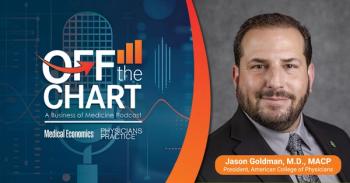
Diagnostic testing does little to calm anxieties for patients without serious disease risk
You may believe that running diagnostic tests for patients with a low risk of serious disease may help lower their anxiety and offer reassurance. A new study, however, reveals that although testing may help curb future primary care visits, it does little to soothe anxious patients.
You may believe that running diagnostic tests for patients with a low risk of serious disease may help lower their anxiety and offer reassurance. A new study by Alexandra Rolfe, MBChB, and Christopher Buron, MD, however, reveals that although testing may help curb future primary care visits, it does little to soothe anxious patients.
Approximately one-sixth of primary care visits and more than one-third of referrals from primary to secondary care are to treat symptoms for that have no apparent cause, the online-first
“This systemic review indicates that patients’ illness concern, health anxiety, and symptoms are not reduced by diagnostic testing in the short or long term,” the study authors report. “Subsequent use of healthcare resources may be reduced by diagnostic testing…in the context of the widespread belief that diagnostic testing reassures patients, these finding suggest that physicians overestimate the value of testing when the probability of serious disease is low.”
The researchers found that any relief from anxieties patients had about their illness after diagnostic testing was transient and reappeared even after receiving a normal test result.
“Patients and physicians may value the immediate relief of reassurance, although the benefits are not sustained,” the study concluded. “We found a small reduction in subsequent primary care visits after diagnostic testing, but this reduction required several patients to undergo testing to prevent one visit.”
Follow Medical Economics on
Related Content
Newsletter
Stay informed and empowered with Medical Economics enewsletter, delivering expert insights, financial strategies, practice management tips and technology trends — tailored for today’s physicians.















